Why AI analytics will replace traditional analytics soon?
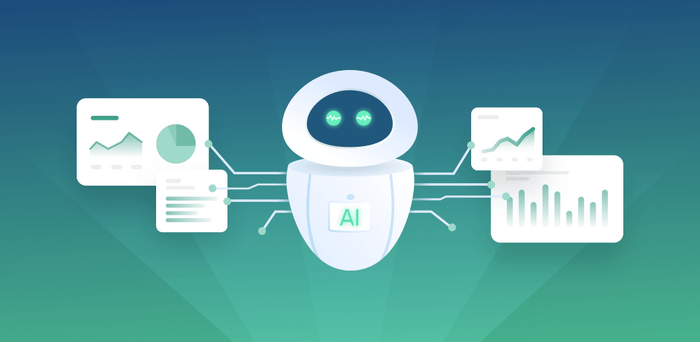
Are you in a dilemma in order to understand which is better option-artificial intelligence analytics or Traditional Analytics?
Analytical solutions are growing exponentially along with data as they innovate quickly to stay up with the influx. Artificial intelligence (AI) is leading the way in that innovation.
Although most data analytics still are conducted using conventional methods, it might be challenging to properly comprehend or even use artificial intelligence analytics in its entirety. Let's quickly explore the key distinctions.
But before that, lets’ understand traditional analytics and Artificial intelligence analytics.
Traditional analytics
Traditional Analytics is one of the most common methods that look for significant patterns in data using structured data. Traditional Analytics is the process of sorting through enormous data sets to find, understand, and communicate new information.
In this, users can create dashboards to gain insights in the form of visualization. These dashboards are built around typical and established business requirements. Consequently, they become immobile and unable to change to meet the evolving demands of enterprises.
Artificial intelligence analytics
Artificial intelligence analytics is basically a better and smarter version for gaining insights from data. Artificial intelligence analytics uses machine learning methods to unearth new patterns, correlations, and insights in data. This gives users an extra advantage by analyzing unstructured data.
Artificial intelligence analytics frequently enhance their productivity, data analysis scope, and monitoring granularity.
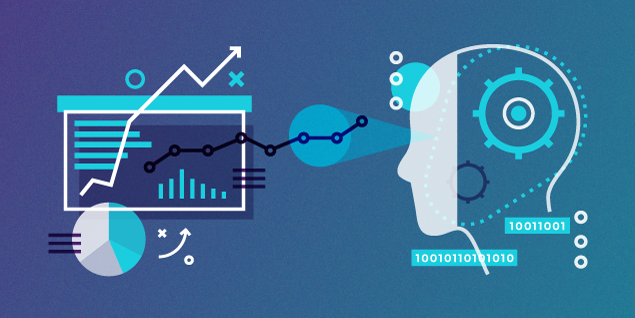
Limitations of traditional analytics compared to artificial intelligence analytics?
1) The scope of traditional analytics is limited
Since traditional data analytics employs structured data, it becomes a difficult task to first structure the data and then work on it. In order to initiate, users first have to simplify the questions in order to find answers and generate output.
The process of collecting raw data itself is a difficult task. While in artificial intelligence analytics, users get various options to get a large amount of data without spending more time on the collection of data.
Traditional data analytics generally deals with data that are structured, so structuring data add to an additional process. While artificial intelligence analytics mostly deals with real-time data and easily automates the process.
Innovations in the fields of healthcare, safety, smart cities, manufacturing, and transportation are made possible by shifting toward advanced analytics since the scope of data analytics is limited. Switching to artificial intelligence analytics will definitely save you time and effort.
2) Traditional analytics does not take guarantee for privacy concerns
Customers' privacy may occasionally be violated by data collecting since organizations whose services they use have access to information about their transactions, online purchases, and subscriptions. For mutual benefit, certain businesses might trade their datasets with other businesses.
Some of the information gathered may potentially be utilized against a person, nation, or society. Businesses must be careful about the type of customer data they gather and protect the privacy and security of that data.
Only the information necessary for the analysis must be collected, and any sensitive information must be anonymized to ensure its security. Customers may stop trusting businesses as a result of data breaches, which could have a negative effect on the company.
3) Traditional analytics can't deal with the complexity
In advanced analytics, dealing with complex datasets, even unstructured data, is facile whereas traditional analytics does not allow users to handle complex data. Not every format of data is supported in traditional analytics which makes it difficult for users to deal with it.
Traditional analytics involves a lot of human effort. From the process of collection of data, and input processes to deriving final results. Whereas in artificial intelligence analytics, an automated workflow is created where most of the processes are simplified in order to attain faster results.
In traditional analytics, as humans are involved in the processes involved, the chances of mistakes are high which might result in faulty output.
Although it may be simple to use traditional analytics, decisions based on logic are difficult to make in traditional analytics. In artificial intelligence analytics, when steps are simplified, the chances of any bias are reduced to greater strength.
Why are there high chances that artificial intelligence analytics will outstand traditional analytics?
1) Artificial Intelligence analytics is flexible
Artificial Intelligence analytics enables users to dynamically seek and integrate information to respond to business questions—without the need for technical support.
Users can ask inquiries using natural language using conversational AI systems that enable natural language processing. As a result, users can inquire, "How did our brand do last quarter," and get a natural language response in return (through natural language generation).
This procedure is far more similar to what a customer would do. Business users can ask queries of AI rapidly and without technical support better understand their business, similar to asking Siri about the finest nearby eateries.
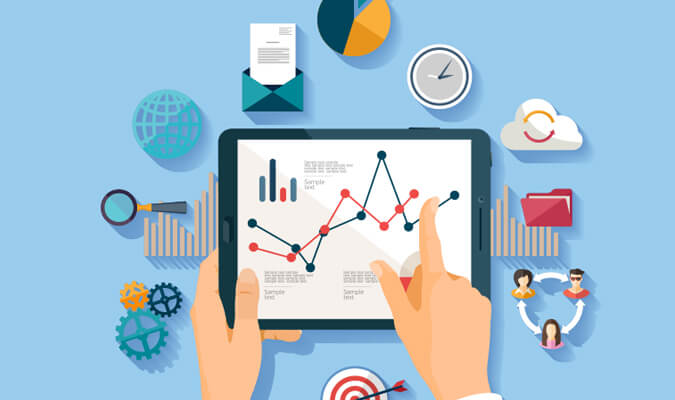
2) Artificial Intelligence analytics ensures a speedy process
Artificial intelligence analytics automates the analysis process, basically doing away with the need for manual tasks like downloading spreadsheets, filtering data, and testing ideas.
AI uses the proper machine learning methods for the task at hand, automating a process and doing a thorough investigation of a whole data warehouse to provide business-related answers.
Rather than the weeks or days that people could spend investigating each hypothesis individually, this approach just takes a few seconds.
AI creates a data plot in natural language rather than generating many graphics. This story provides an accessible explanation of "why sales are higher" for business people. AI tackles the aspect of labor that machines are really adept at by addressing "why" directly (computation, classification, regression, etc.).
3) Artificial intelligence analytics makes exploratory analysis possible
Artificial intelligence analytics makes it possible to take a more experimental and iterative approach. The goal is to provide a creative discovery platform where users can experiment with different kinds of queries.
In a company setting, the conventional method produces monthly reports, productivity analyses, customer survey results, etc. AI-based analytics offers understanding into areas such as sentiment analysis, product planning, asset usage, and preventive maintenance of machinery.
How Artificial intelligence analytics is being utilized in today’s generation?
Let's explore how AI intelligence will be used in today's generation:
1) To boost marketing tactics

Marketers carefully calculate the costs of their efforts against the revenue they will generate by luring new clients when developing a new campaign.
In order to build both short-term and long-term strategies, some marketers today use a sophisticated analytics technique called marketing-mix modeling (MMM), which may simulate the relationships between marketing expenses, sales variables, and other external factors like seasonality.
2) Helps to identify fraud
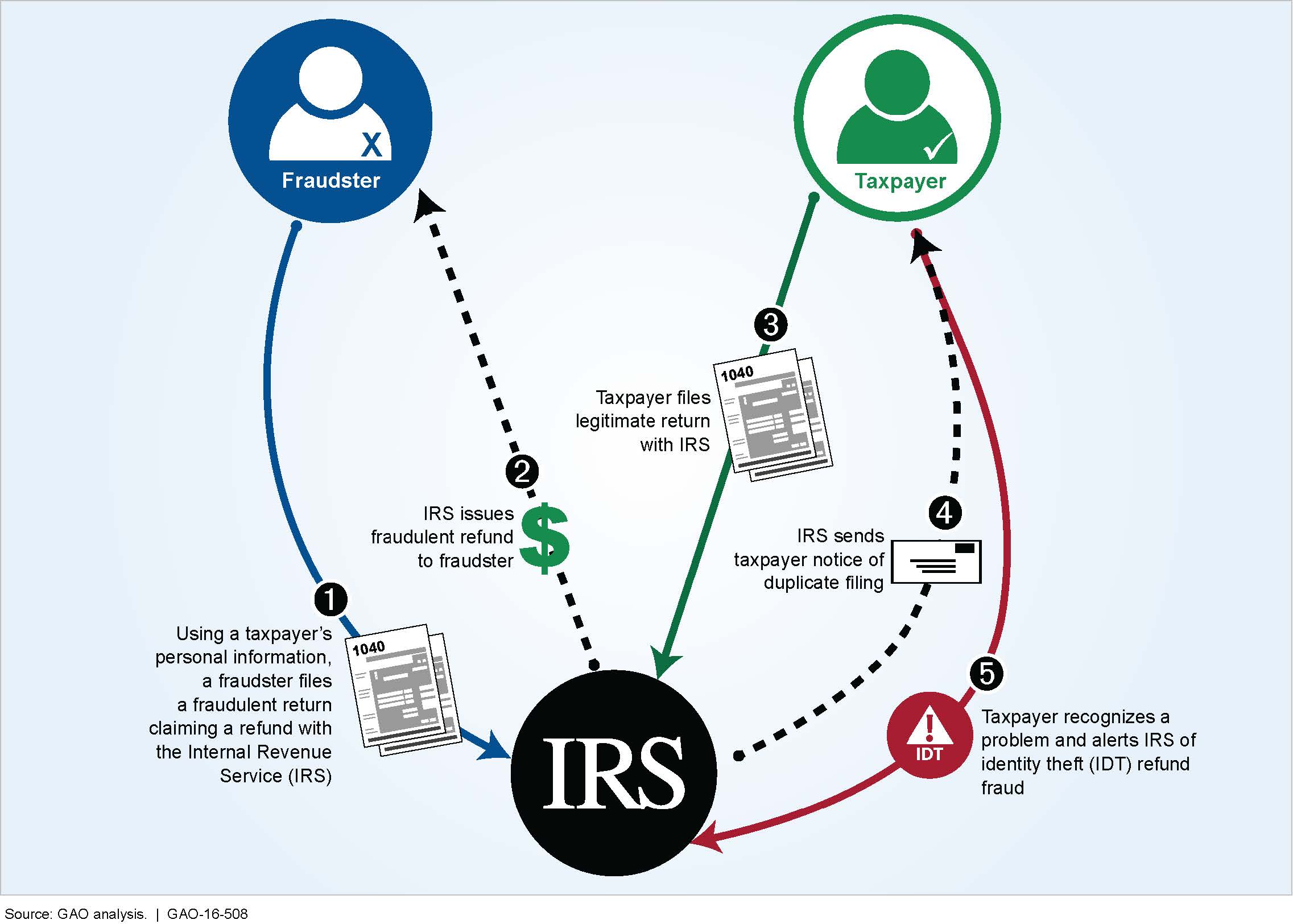
Unsurprisingly, fraudulent operations in which a person or organization gets funding from an account that isn't their own rank are among the most serious issues encountered in the field of banking.
Although this issue dates back at least as far as banks themselves, many banks now employ artificial intelligence analytics methods like predictive identification and robotic process automation (RPA) to detect potentially fraudulent transactions as soon as they take place.
3) Identify potential for growth
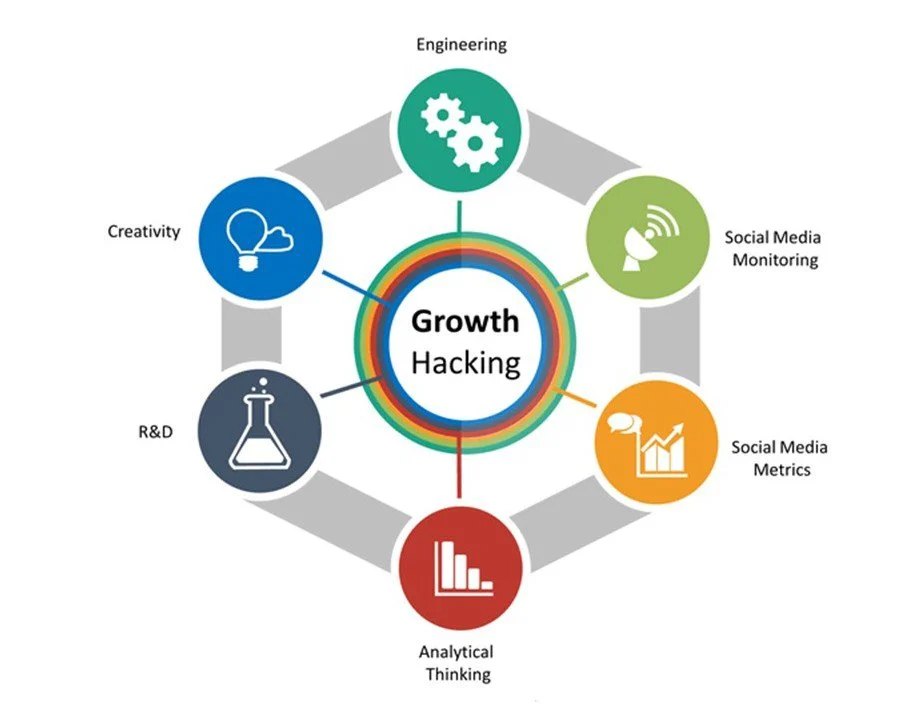
How to expand and where to put money into investments is one of the most frequent worries for a successful firm. Using big data and advanced analytics, it is possible to uncover fresh growth potential.
Conclusion
In traditional analytics, tasks including developing hypotheses, pre-processing data, visualizing results, and using statistical methods frequently require a significant amount of human labor.
The problem with this strategy is that it takes too long to complete these operations manually in the fast-paced business environment of today.
In order to address this, many businesses are using Artificial intelligence analytics for a variety of purposes, including demand forecasting, anomaly identification, and business monitoring. Machine learning algorithms, in particular, can be utilized to improve the capabilities of your technical teams so that they can react quickly to changes in the business environment.
If you find this blog insightful and want to learn more, then keep visiting our website!

Simplify Your Data Annotation Workflow With Proven Strategies
.png)


